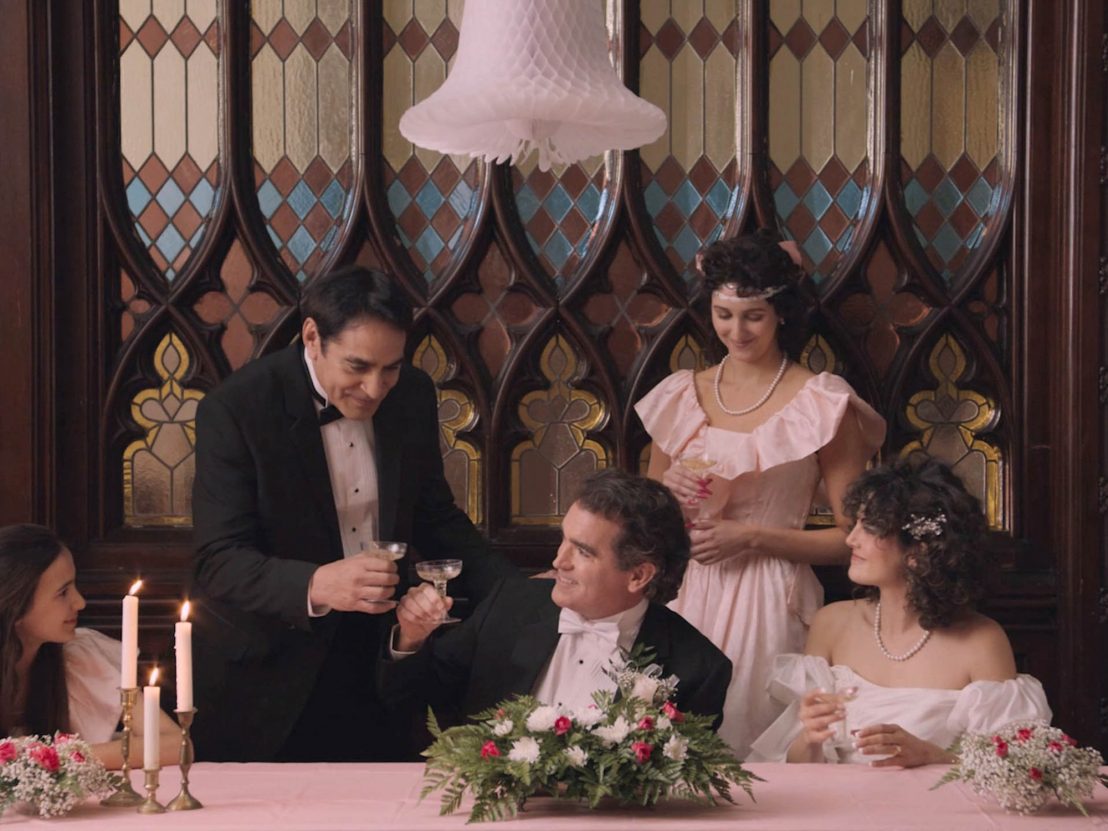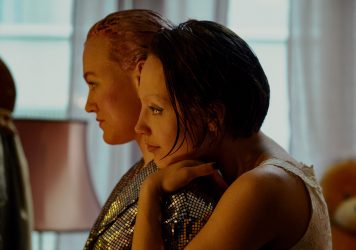
Ricky D’Ambrose roots a child's personal narrative in the context of wider American change in his impressionistic feature.
In 1987, Jesse Damrosh is born. Over the course of The Cathedral, we watch him grow into a young adult, going through elementary and then high school, running through the year-by-year liturgy of a Catholic upbringing through events like his confirmation, eventually preparing to head to college. Against this backdrop, his parents’ marriage is first strong, normal, but then falls apart.
Parallel to this personal history, the film pointedly reminds us of the corresponding touchstones in American history. The Cold War ends, the ’90s roll by, 9/11 brings on the War on Terror, Hurricane Katrina exemplifies disaster capitalism, and so on. In the hands of writer/director Ricky D’Ambrose, the individual and national experience are made of equally quotidian, matter-of-fact moments.
D’Ambrose’s sense of montage and story sequencing is more like a showing off an inventory than what we’re trained to expect of traditional cinematic affect. Audiences are well-familiar with the trope of using cultural ephemera to nail down a particular period in time, but very few are likely to immediately recognise the commercials, news reports, toys, and other details this film presents – a commercial for Kodacolor film, or an excruciatingly ’80s floral couch pattern.
In that respect, it’s very similar to Once Upon a Time in Hollywood. Where that movie invoked Quentin Tarantino’s exhaustive mental catalogue of entertainment detritus to draw a portrait of artists on the margins of history, The Cathedral reminds us that living through momentous changes seldom feels momentous in the moment itself. Sometimes we are sharply reminded of how history rhymes; one TV news piece that looks like it’s introducing 9/11 to the timeline instead, with a single camera pan to a shot of the intact Twin Towers, is revealed to be from the 1993 attack on the World Trade Center.
Much of this specificity comes from the memory of D’Ambrose, who has been open about the autobiographical elements in the film. It mixes elements of the memory play with other elements which deny the subjective mode that genre usually operates within. Chief among these is an omniscient narrator who tells the viewer of things that Jesse could not know. The movie begins a year before his birth, and before that happy moment we are told of a death: that of Jesse’s uncle, due to AIDS. More importantly, we learn that Jesse’s father would for years insist that his brother died of a disease contracted from tainted silverware.
The Cathedral presents its events from obtuse angles – establishing scenes with shots of incidental elements of the place, or having important sequences play out with some or all of the involved characters offscreen. It is deliberate, almost minimalist, in its methods. Within the movie’s objective frame, we are invited to study the stories that families tell about themselves, and how they are miniatures of the stories that communities and nations (imagined communities) tell about themselves.
Published 25 Jan 2022

Stars and worlds collide as Quentin Tarantino serves up his most thoughtful and personal work to date.

Alli Haapasalo creates an intimate coming-of-age story about two best friends on the cusp of adulthood.

By Ed Gibbs
The first feature doc to be shot entirely inside the world of social VR is a rich, uplifting experience.